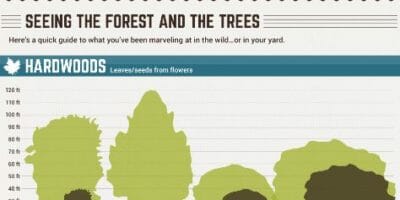Seasonal Tree Upkeep: Standards For Taking Care Of Trees Prior To And After They Are Gotten Rid Of
Seasonal Tree Upkeep: Standards For Taking Care Of Trees Prior To And After They Are Gotten Rid Of
Blog Article
Write-Up By-
When it comes to seasonal tree treatment, guaranteeing appropriate management before and after removal can significantly affect the wellness and aesthetics of your landscape. By understanding the needed actions involved in analyzing tree health and wellness and preparing for removal, you can proactively protect your building. But what regarding the important practices to adhere to as soon as the tree is gone? Keep tuned to discover https://www.sarasotamagazine.com/home-and-real-estate/2019/10/four-great-alternatives-to-grass -removal treatment steps that will certainly help you cultivate a successful and lasting environment for your trees.
Pre-Removal Tree Treatment
Prior to dealing with the removal of a tree, it's vital to prioritize pre-removal tree care. Start by evaluating the tree's wellness and structural integrity. Try to find tree before and after of illness, pest infestations, or any type of architectural concerns that might pose a security threat during removal. It's vital to consult with a licensed arborist to figure out the most effective strategy.
Pruning dead or diseased branches can avoid additional damages to the tree and ensure a smoother elimination procedure.
Furthermore, think about the environmental influence of getting rid of the tree. Trees play a vital duty in our community, so planting a new tree in a suitable place can help balance out any type of loss. Make winkler tree service that you have the necessary permits and consents for tree elimination, specifically if the tree is protected by local laws.
Seasonal Maintenance Tips
Assessing your tree's needs throughout the year is important for its health and durability. To maintain your trees in top problem, comply with these seasonal maintenance tips.
In springtime, concentrate on pruning to remove dead or broken branches and urge new growth.
Summer calls for regular watering, especially during droughts, to ensure your tree remains hydrated.
As fall methods, watch out for very early signs of disease or stress, and consider applying mulch to safeguard the origins throughout winter.
In winter, be cautious when getting rid of snow from branches to avoid breakage, and remain to check your tree's general health and wellness.
Bear in mind to adjust your care routine based on the particular demands of your tree varieties and regional environment. By staying conscientious and aggressive throughout the periods, you can help your trees flourish and flourish for many years ahead.
Post-Removal Tree Treatment
To ensure the health of your landscape even after tree removal, proper post-removal care is important. After a tree is gotten rid of, it's vital to load the continuing to be opening with topsoil and compact it to stop settling. This will assist maintain the honesty of the ground and protect against possible risks in the future.
Take into consideration planting brand-new plant life in place of the gotten rid of tree to restore the balance and aesthetic appeals of your landscape. Frequently water the location to promote the growth of brand-new plants and protect against dirt erosion.
Inspect the bordering trees for any type of indicators of disease or anxiety that might have been triggered by the removed tree. Watch out for pests that may've been brought in to the previous tree and take safety nets to shield the remaining plants.
If needed, talk to an expert arborist to assess the impact of the elimination on the bordering trees and determine any additional treatment required. By complying with these post-removal care steps, you can make sure the ongoing wellness and appeal of your landscape.
Conclusion
To conclude, proactive seasonal tree care is vital for preserving the health and wellness and balance of your landscape. By evaluating tree wellness, pruning, and talking to an arborist before elimination, you can make sure a risk-free procedure. After removal, filling up the hole, planting new greenery, and normal watering will advertise new growth and prevent erosion. Remember to inspect bordering trees for illness and seek additional treatment procedures from an arborist to keep your landscape growing.
